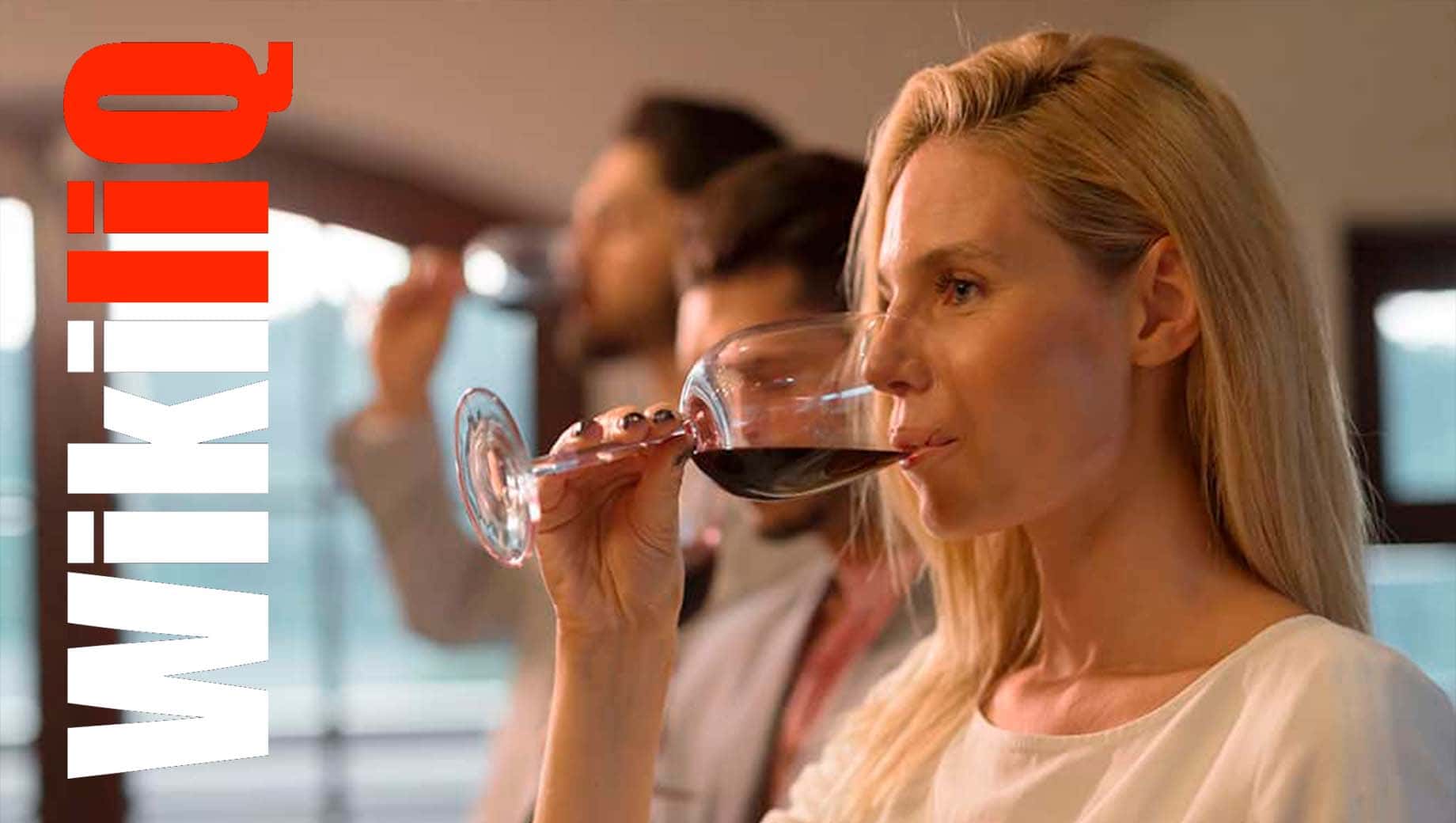How to Judge Wine Quality

If you are just getting into the hobby of collecting and tasting wine, you may be feeling a little overwhelmed. After all, there is so very much to learn, from buying wine to storing it. Nothing, though, is as important as learning to judge a wine. If you want to buy the best wines, you have to know how to figure out which wines are the best. There are so many different wines on the market today that inexperienced buyers usually just settle for the bottles with the fanciest packaging and end up drinking rather poor quality wines as a result. Here are some professional tips on judging wine.
Clarity
The first thing to look for when judging wine is clarity. If there is any residue or floating particles in the bottle, it has either been bottled improperly or the bottle was poorly cleaned. Cloudy wines have a dull and uninteresting flavor.
Color
Each type of wine has its own color. To really judge a wine properly, you should familiarize yourself with the proper shade, so you know what to look for. In general, however, the following guidelines apply:
- Rosé wines run from pale to deep pink or from pale to deep salmon, depending on the exact type.
- Red wines tend to run from a pale to a deep shade of ruby, garnet, or purple.
- White wines tend to run from a pale to a deep shade of gold, straw, or yellow.
- Sherries and port wines tend to run from a pale to a deep shade of brown or amber.
- Certain ports and well-aged reds have a tawny color.
Take a look at the color when you check the clarity. If it does not really match the shade you would expect for a wine of its type then don’t buy it, even if it is clear. Something may have gone wrong with the fermentation process, and the flavor has likely suffered as a result.

Body
A wine’s body is a measure of how robust the taste is. A full-bodied wine has a very robust taste. Some types of wine are supposed to be more robust than others. In determining the quality of a wine, you need to see if it has the appropriate body for a wine of its type. To determine this, swirl the wine around in a wine glass a bit and take note of the way it flows down the sides of the glass. Full-bodied wines should flow down the sides in sheets. Medium-bodied wines break into lines as they flow down the sides. Light-bodied wines should not cling to the sides at all.
Bouquet
There are two reasons to sniff a wine before tasting it. One is biological: you taste something more strongly if you smell it first. The other is to make sure there isn’t any unpleasant aroma. A bad smell can indicate the wine was contaminated during the aging process. You should not drink or purchase an unpleasant-smelling wine.
Flavor
Every type of wine has its own taste, and only experience can teach you what kind of flavors to expect. Most wines have complex flavors, with an “up front” taste, the main taste, and an aftertaste. Each phase of the taste will usually have its own combination of flavors. A good wine should have balance among its different components. A taste that has a single, simple flavor without phases is generally considered a sign of a poor wine. With some exceptions, the taste should not be too acid or bitter.
To determine the taste of the wine, take a sip and hold it in your mouth for a few seconds, letting it coat your entire tongue and the roof of your mouth. Doing this will allow the taste sensation to fully develop.
Much is made of wines having elements of cherry, tobacco, flowers, and other flavors. This is not an objective description. Each person will interpret the various flavors in a wine’s taste in different ways. You will learn your own way to describe each wine with experience.
The Takeaway
Judging the taste of the wine begins with its appearance. Don’t be fooled with nice bottles or packages when buying wines–instead, pay attention to its clarity. If the wine looks good, it is highly possible that it will smell and taste good.